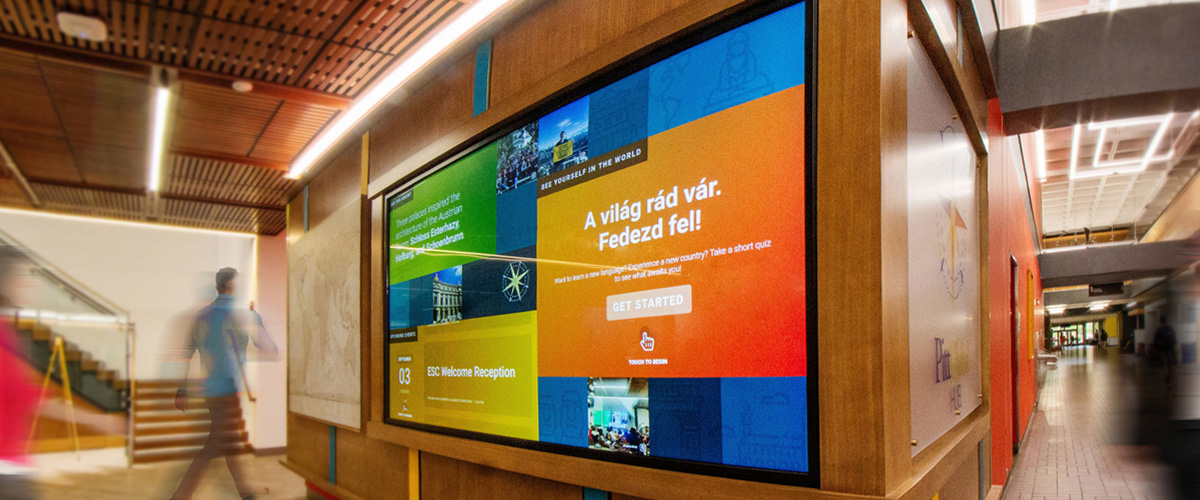“Americans are skeptical that this type of learning provides the same value as in-person instruction. Overall, 30% of adults say a course taken only online provides an equal educational value compared with a course taken in person in a classroom; 68% say it does not.”
Parents and students define the “college experience” as an in-person, physical campus experience. College is a distinct economic offering filled with stories, energy, and rituals. We purchase more than just education in exchange for tuition. We purchase moments, memories, and customized experiences. No other product even comes close to delivering those benefits.
Did that investment make sense in 2020-2021? According to that same PEW study: “College graduates are among the most likely to say that online classes do not measure up to in-person ones. Among those with a bachelor’s degree or higher, 75% say online classes do not provide an equal educational value.”
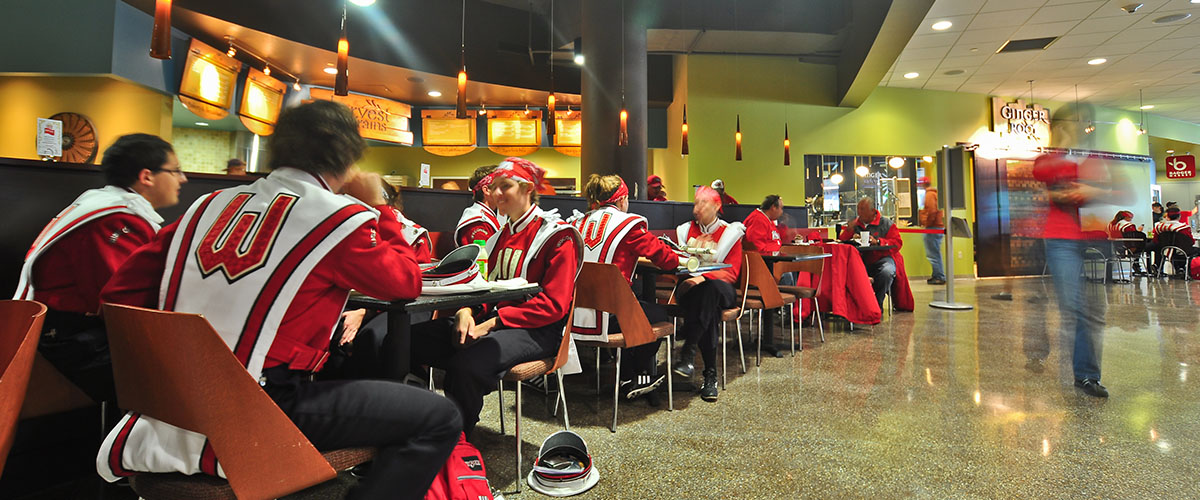
Education Cannot Thrive in the Soulless Digital Landscape. Learning Is a Together Activity.
Humans are social creatures craving physical environments. Laptops are lonely ways to experience new things—especially education. We miss each other. We miss surrounding ourselves in places that define us, our values, our methods, our stories, and our commitments. We need to chant, learn, question, explore, grow and laugh… TOGETHER.
By now we know there is no return to “normal”. Higher education has an opportunity to embrace both online AND face-to-face learning in a new elevated experience. This approach requires an investment in technology as well as smarter space planning and design. Experiential Design optimizes hybrid learning with a greater emphasis on the intentional in-person learning and gathering spaces of a university to offer optimal collaboration, socialization, and inspiration.
Brick and mortar institutions have a real opportunity to actually innovate and reimagine what a facility can do instead of what it has always done.
Imagine a new landscape of spaces, places, programming, and amenities that simply cannot be replicated virtually or at any other institution. An Experiential Designer is a strategic partner in campus planning to create signature environments unlike any place else.
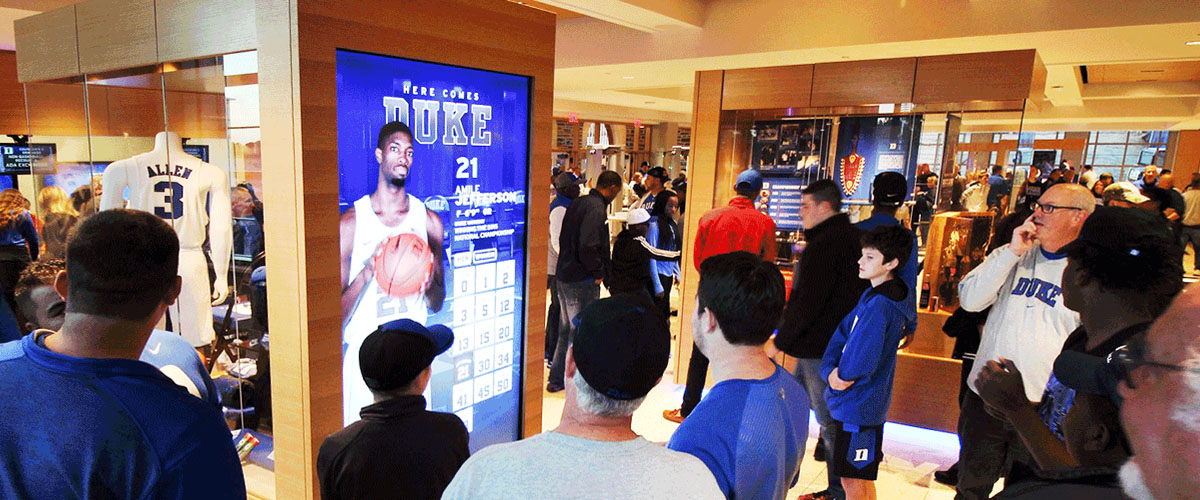
Experience Design Makes Reimagined Facility Programming and Space Allocation Work Harder.
Hundred-year-old campus infrastructure has to change dramatically. Aging buildings need to be digitally and visually relevant again as vibrant social learning spaces. The way we program facilities needs reimagining. Fewer people gather in more places. Space use that leaned heavily on lecture halls and classrooms is dramatically different from the future spaces of 2025.
Tomorrow’s classroom is a living room. It’s a hangout place with soft seating that can be assembled into different clusters that different groups will gravitate to. Our offices and classrooms will be replacing our former “third” spaces. Why? Because the social infrastructure of our world has changed forever. The pandemic crisis turned our former casual relationships at the coffee shop into plexi-shielded, rubber-gloved drive-through lattes with no eye contact.
The pandemic crisis turned our former casual relationships at the coffee shop into plexi-shielded, rubber-gloved drive-through lattes with no eye contact.
The ratio of square footage that might have originally been dedicated to a lobby has grown or changed to create a more diverse informal space for people to congregate together versus a place that you passed through. The creation of intentional crossroads invites collaboration—to route people efficiently TO each other not AWAY from each other.
A hallway is now a communications corridor replete with moments that are recognizable and memorable. It must connect us to the larger purpose of the building, to remind people why they’re here, what happens here, or inform people about what will happen in the future.
New Technology Must Form a Romantic Relationship With Its Surrounding Architecture.
We communicate differently now than we did before COVID. Thoughtful and strategic place design addresses the challenge of coming back together in an environment that was once familiar. We are now technically unafraid and need digital communications with a personal attachment. Even if learning is done online via a laptop, no student wants to relive the isolation of working remotely from a quarantined dorm room.
Space design ideas that might have once been specific to start-up culture are now part of higher education’s design vernacular. We grab a quick bite in a “neighborhood”, informal team huddles require “touchdown spaces” and work or study zones are more temporary “hotelling” pods. These spaces require high-speed internet and power-charging access to keep us digitally connected. The hangout space is going to be critical for the success of higher education because we’re untethered now. Less structure creates more opportunities for cross-collaboration and pollination.
The hangout space is going to be critical for the success of higher education because we’re untethered now.
Experience Design is the missing factor that shapes these interactions to be more intentional and prevent total chaos. It’s what integrates technology seamlessly into these environments to transform the campus into a portal to global educational opportunities from the comfort of a lounge chair. Safer, touchless interactive displays operate through a student’s smartphone instead of a communal touchscreen. QR codes invite people to opt-in to a conversation to comment, like, support or debate to take the “pulse” of the community in real time.
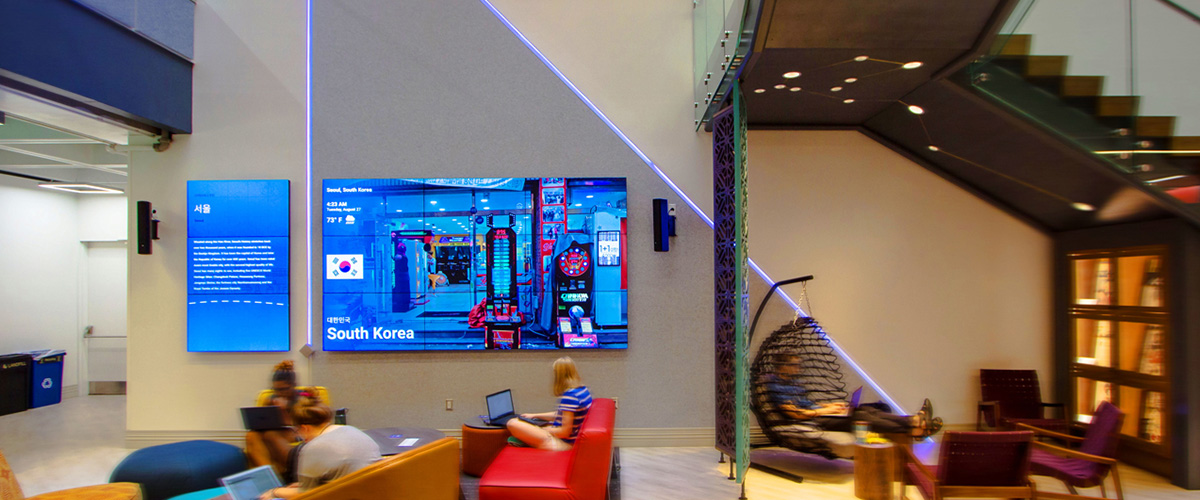
An Experience Design Consultant Gives Higher Education a Competitive Edge.
Time well spent is time in an environment surrounded by story—whether that is a color story, texture story, visual story, or digital story. The space of tomorrow is the space we linger in longer. Especially after being so isolated and remote during the pandemic, people crave being together. Even though we may be working and studying alone we are doing an activity… TOGETHER.
Higher education will either fail or thrive based on the recognition and dedication given to the renaissance of their physical built environments. Schools that embrace hybrid learning and prioritize the time and space where students gather will thrive. This is the post-COVID educational value equation that will attract enrollment (and funding) to reimagine higher education.
How will your leadership and space planners allocate resources to marry technology with in-person learning to spark memorable experiences on campus? Because after all, it’s the SHARED moments that enrich the pursuit of higher education.
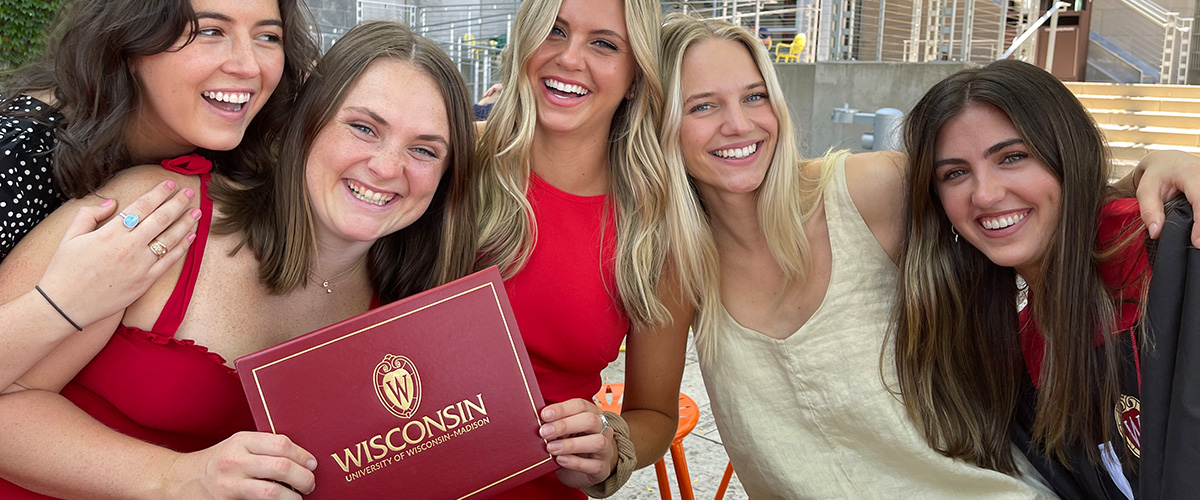
Mark Schmitz is a Certified Experience Economy Expert, Founder, and Creative Director of ZEBRADOG, an Experiential Design Firm located in Madison, Wisconsin. For 30 years, ZEBRADOG has honed its reputation on the creation of strategic brand experiences in the built environment for higher education through signature visual communications and integrated digital media.
For more information visit ZEBRADOG’s Higher Education Portfolio.
Sources:
Here Come Hot Desks and Zoom Rooms. And Holograms? (New York Times)
Brand Identity
Brush Your Image - Brush Your Teeth
Memorable brand experiences start with a strategically-designed visual identity system because first impressions and lasting relationships matter. For 30 years the Experiential Design Firm ZEBRADOG has been creating visual brand systems for companies and facilities nationwide.

